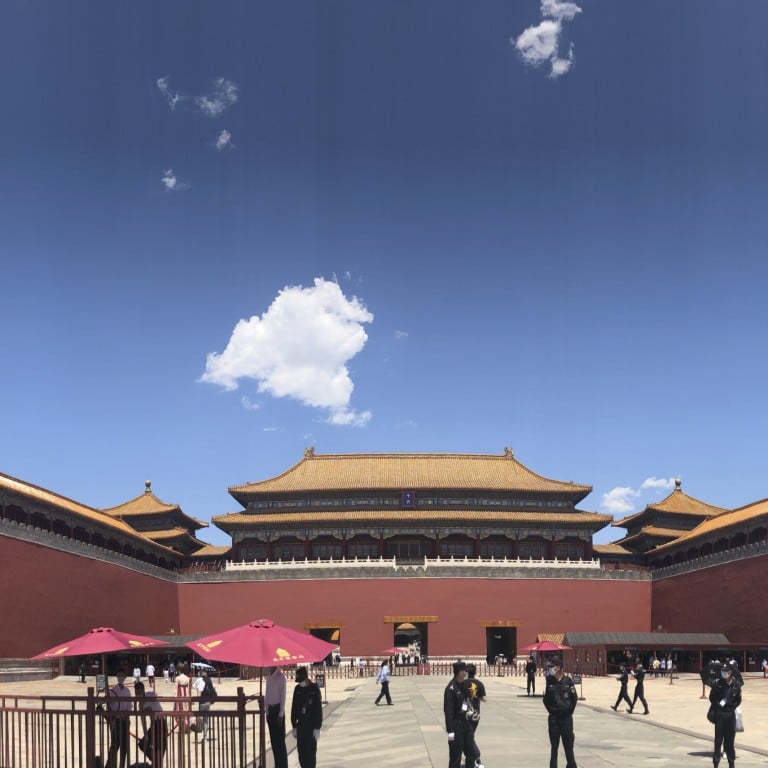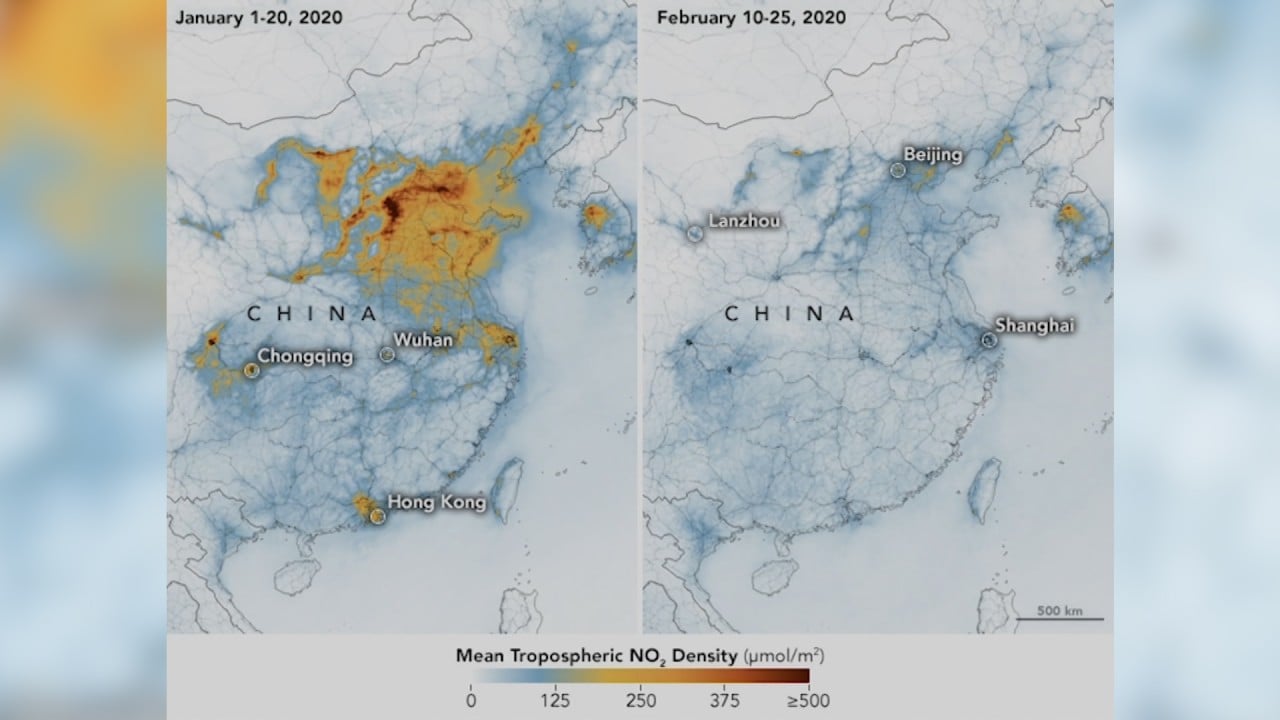
Chinese capital makes clean air grade for first time
- Beijing’s levels of PM2.5 and other key pollutants meet national standards in 2021
- Results reflect two decades of efforts but more needs to be done, official says
But the levels of particularly fine pollutants remain well above World Health Organization recommendations.
The average last year was also below the interim national standard of 35mcg but above the 5mcg recommended by the WHO.
Bureau deputy head Yu Jianhua said the pollution had declined despite growth in the capital.
“Over the past two decades, Beijing’s GDP, the number of permanent residents and vehicles and energy consumption have all increased but the concentrations of air pollutants keep decreasing,” Yu said.
Levels of ozone in the capital, which stood at 149mcg last year, also met China’s national standard of 160mcg. In addition, levels of PM10 particles fell 49 per cent, sulphur dioxide 89 per cent, nitrogen dioxide 54 per cent and ozone 19 per cent last year compared with 2013.
But Yu also said the gains had to be cemented.
“Tackling air pollution is a long-term, complex and arduous process and it cannot be achieved in just one battle,” he said.
In China’s push to curb smog, Beijing aims to cut PM2.5 in main cities
The bureau attributed much of the drop in 2021 to a series of action plans in the previous decade as well as emissions control measures, including cutting coal consumption, relocating heavy industry and reducing transport emissions.
In February, environmental authorities said lockdowns and travel restrictions were not major factors in the air quality gains.
Ma Jun, director of the Beijing-based Institute of Public & Environmental Affairs (IPE), said the results were a “breakthrough”.
“When Beijing first released PM2.5 data in January 2013, the concentration was 89.5mcg, far beyond China’s interim national standard,” Ma said.
“Since then, China has implemented anti-air pollution campaigns and required cities to release their air quality information … Now the level of PM2.5 has dropped below 35mcg and the result deserves congratulations.”
In January 2013, levels of PM2.5 particles in Beijing hit 993mcg, and the severe smog prompted Chinese leaders to take serious action.
China issued a five-year plan to tackle air pollution that year, aiming to cut the number of heavy air pollution days nationwide and achieve better air quality in key industrial areas, including the Beijing-Tianjin-Hebei region.
Between 2013 and 2017, Hebei phased out 137 million tonnes of iron and steel capacity and 45 million tonnes of coal capacity as part of the campaign.
That was followed by a three-year clean air action plan from 2018 and another action plan launched in 2021 to improve the country’s air and water quality. China aims to basically eliminate heavily polluted days by 2025.
He Kebin, dean of Tsinghua University’s school of environment, said neighbouring provinces played an important role in improving Beijing’s air quality from 2013 to 2021 and would continue to do so as further gains became harder to make.


